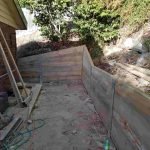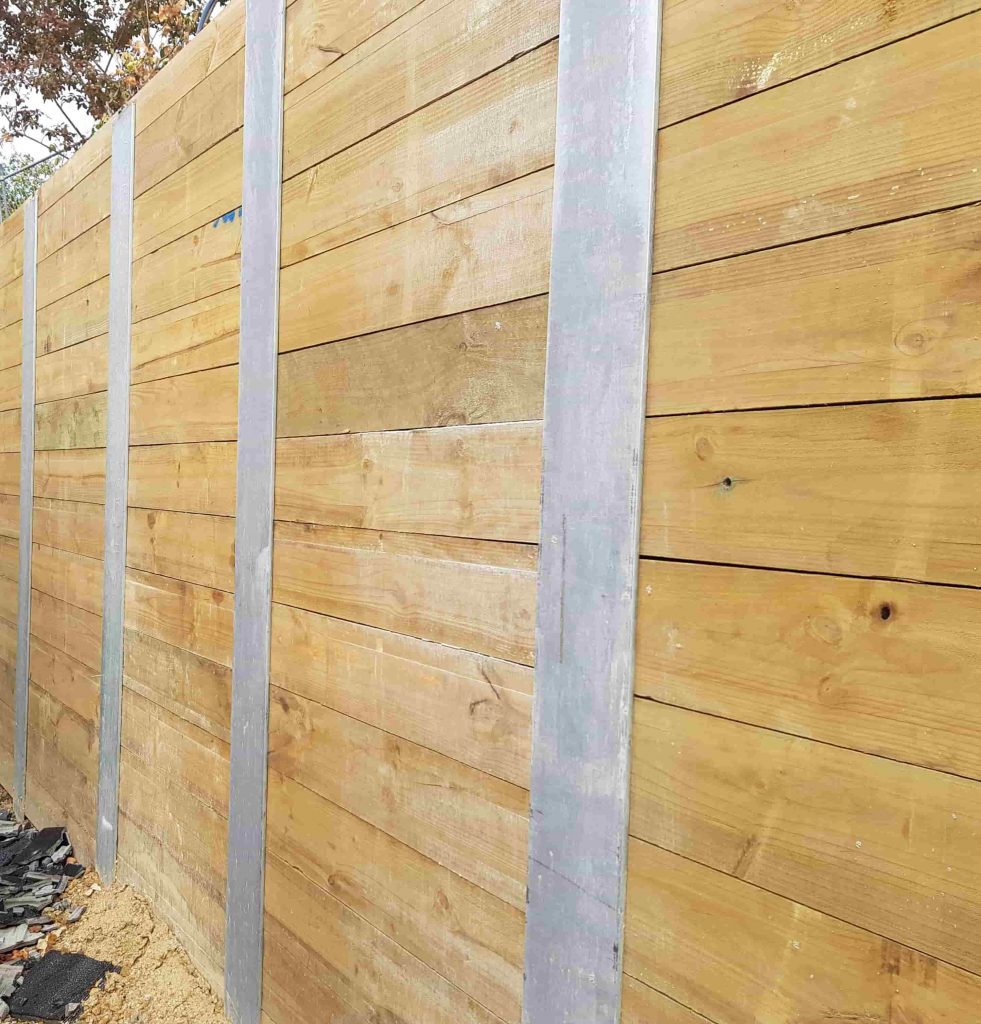Introduction
Building a retaining wall can be a transformative project for any homeowner. Whether https://tuffstuffretainingwalls.com.au/ you're aiming to improve your garden, support your landscape, or include visual interest to your outdoor space, working together with your retaining wall professional is vital for accomplishing the best results. This comprehensive guide will explore how to successfully communicate and team up with your specialist, making sure that your vision is recognized while also sticking to professional requirements. From choosing the best products-- like lumber sleepers and concrete sleepers-- to comprehending the structural advantages of H beams, this short article will equip you with the understanding you need.
Collaborating with Your Retaining Wall Professional for Best Results
1. Understanding the Role of a Retaining Wall Contractor
A retaining wall professional plays a vital function in any landscaping job involving keeping walls. They bring the knowledge needed to make sure that your wall is not only visually pleasing however likewise structurally sound. Their responsibilities generally include:
- Design Consultation: Discussing your concepts and equating them into practical designs. Material Choice: Recommending on suitable products such as lumber sleepers, concrete sleepers, and H beams based on toughness and cost. Project Management: Supervising building timelines, managing labor, and ensuring compliance with regional regulations.
2. Importance of Interaction in Collaboration
Clear communication is the bedrock of successful cooperation. Routine updates about job progress can prevent misunderstandings that may cause expensive delays or revisions.
- Establishing Communication Channels: Settle on how you will communicate-- whether through emails, call, or in-person meetings. Setting Frequency of Updates: Choose how frequently you want updates concerning development or any problems that arise.
3. Initial Consultation: Setting Expectations
During the preliminary consultation stage, it's important to articulate what you get out of the task:
- Budget Restraints: Be upfront about what you want to spend. Design Preferences: Share images or sketches that represent your wanted style.
4. Choosing Products: Wood Sleepers vs. Concrete Sleepers
One of the most vital decisions you'll make is choosing products for your retaining wall:

Timber Sleepers: Pros and Cons
- Pros: Visual appeal, ease of installation. Cons: Susceptible to rot with time if not treated properly.
Concrete Sleepers: Pros and Cons
- Pros: Toughness and longevity; resistant to weathering. Cons: Greater initial expense compared to timber.
5. Understanding Structural Aspects: The Function of H Beams
H beams are an essential part of many retaining wall styles:
- Load-Bearing Capability: They supply extra strength and support. Installation Strategies: Discuss how these will be integrated into your design plan.
6. Creating Your Retaining Wall: Collective Brainstorming
In this stage, both you and your contractor ought to participate in brainstorming sessions:
- Utilize design software tools if available. Review regional building codes together to make sure compliance.
Effective Project Management Strategies
7. Timeline Advancement: Setting Milestones
A well-defined timeline can assist keep the project on track:
Define significant phases (e.g., design approval, product procurement). Set interim turning points to evaluate progress.8. Budget Plan Management: Preventing Expense Overruns
Discussing budget plan management strategies is important:
- Keep track of all expenditures. Allow for contingency funds in case unexpected costs arise.
9. Quality Control Practices
Quality assurance makes sure that every element fulfills market standards:
Discuss examination points throughout the process. Schedule follow-up evaluations when construction begins.Project Execution Stage: Interacting Smoothly
10. On-Site Partnership: Routine Check-ins
Once work starts, keep regular check-ins with your contractor:
- Ask about daily progress. Address any concerns immediately before they escalate.
11. Dealing With Modifications Midway Through Construction
Flexibility may be required throughout building and construction:
Ensure there's a clear procedure for starting changes. Document whatever in composing for accountability.Post-Construction Considerations
12. Last Assessments and Approvals
After construction wraps up, conduct a comprehensive inspection:
Assess aesthetic quality versus initial plans. Check structural integrity per local structure codes.13. Maintenance Tips for Your Retaining Wall
Proper upkeep extends the life of your retaining wall:
For Timber Sleepers
- Regularly examine for indications of rot or pests.
For Concrete Sleepers
- Check for fractures or signs of wear; address them promptly.
FAQs
Q1: How long does it take to construct a retaining wall?
A1: The timeline varies based on size and intricacy however typically takes between 1 week to several months.
Q2: What permits are needed for building a retaining wall?
A2: Licenses often depend on regional regulations; speak with your specialist who can navigate these requirements effectively.
Q3: Can I install my own keeping wall?
A3: While do it yourself is possible, working with experts makes sure structural integrity and compliance with building codes.
Q4: What kind of soil is best for supporting a retaining wall?
A4: Well-drained soil types offer much better support; speak with geological studies if not sure about soil conditions at your site.

Q5: Are there environmental factors to consider in building a keeping wall?
A5: Yes! It's necessary to consider drainage patterns and regional wildlife when preparing construction.
Q6: Is insurance essential when hiring a contractor?
A6: Definitely! Guaranteeing that contractors have appropriate insurance coverage safeguards you from liabilities during building and construction work.
Conclusion
Collaborating with your retaining wall specialist for best results isn't practically laying bricks or stacking stones; it's about developing a partnership rooted in clear interaction, shared regard, and an unwavering dedication to quality craftsmanship. By following this extensive guide-- comprehending each phase from material selection like wood sleepers or concrete sleepers through reliable project management-- you'll be established for success in recognizing your vision while ensuring structural integrity through aspects like H beams.
Remember that every successful partnership involves effort from both celebrations; staying engaged throughout the process makes all the distinction in accomplishing outstanding results!